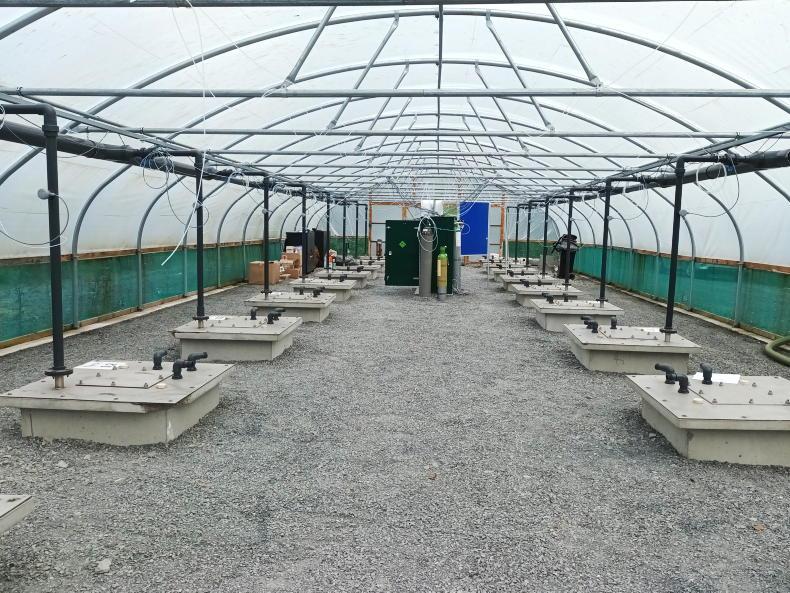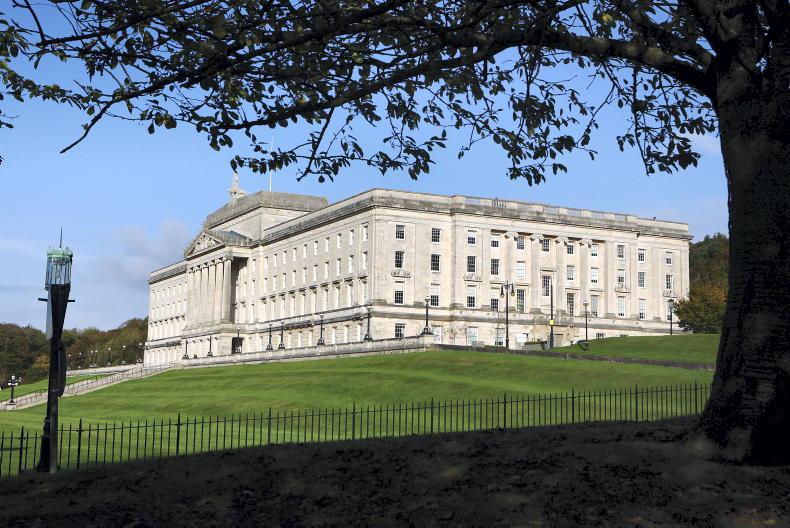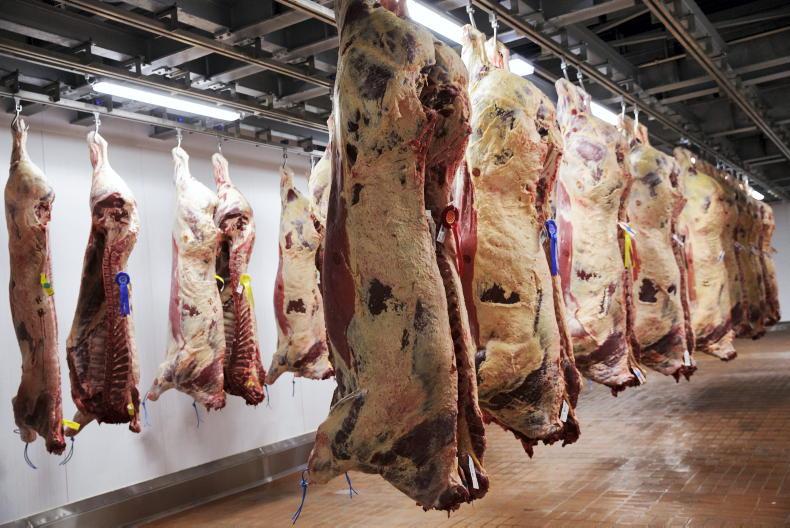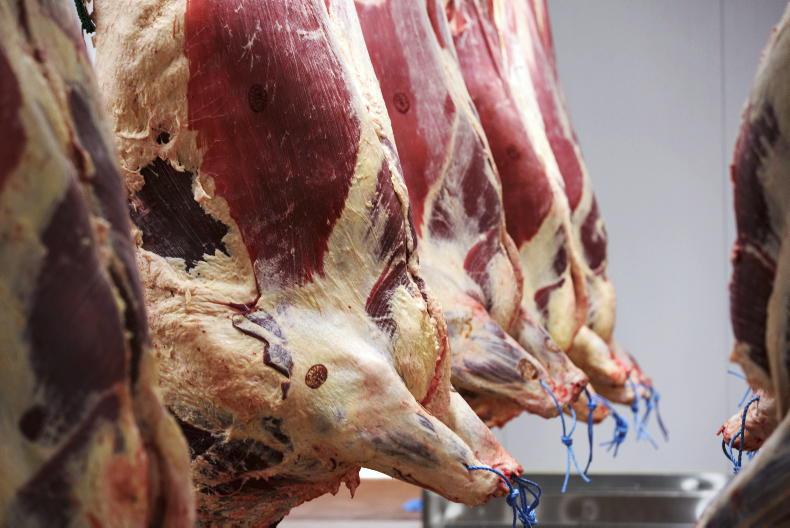Grass growth during the 2017 grazing season across project farms increased by 0.5t DM/ha on average.
Average growth across the six farms was 11.7tDM/ha in 2017, a 5.4% increase from the 11.1tDM/ha grown last year.
Four project farms have full-year grass growth figures for 2015, with average growth standing at 9.4tDM/ha in the first year of the programme.
Increasing grass growth is a key focus of the programme and measures are ongoing to address issues with soil fertility, drainage and underperforming swards.
Although grass growth has continued to increase on Dairylink farms, it is starting from a fairly high base when it is considered that researchers at AFBI estimate the average grass growth across dairy farms in NI is 7.5tDM/ha.
Grass measuring
All project farmers measure grass weekly during the grazing season. Plans for grazing, removing excess grass for silage or buffer feeding if grass is short are more informed and effective if there is measurement information and paddocks have been walked at least once a week.
Moving into covers at the three-leaf stage at 1,500-1,700kgDM/ha and achieving target post-grazing residuals drives growth for the season.

Grass measuring also allows underperforming paddocks to be clearly identified and for remedial measures to be taken.
On David Brady’s farm, for example, the lowest growth was 4.0tDM/ha in one paddock, compared with 11.9tDM/ha in the best-performing paddock.
The potential for most improvement is in these poor-performing paddocks and addressing issues of drainage, soil fertility or sward quality here makes the biggest difference to average farm grass growth.
For most farmers, it was utilisation of grass that was the issue this year and not growth. Several programme farms have focused on improving grazing infrastructure in recent years to allow better utilisation. This includes constructing extra laneways, opening multiple entry points to paddocks and setting additional drinkers.
Dromore, Co Tyrone
Grass growth increased by 17% over the past two years to 10.9tDM/ha in 2017. We have been focusing on addressing soil fertility by targeting compound fertilisers to paddocks with low indexes for phosphorus and potassium.
In the spring, DAP is sown at between 0.5-1.0 bags per acre, depending on soil analysis from individual paddocks.
During the grazing season, we alternate urea and 24-6-12 after each round with higher rates of 24-6-12 going on low P and K paddocks. Three weeks ago, we spread 0-0-60 at rates between 0.5-1.0 bags per acre.
To make it easier to know what rate to sow compound fertilisers at, there is a colour-coded farm map on the wall in the dairy which shows indexes for P and K for each paddock.
Drainage work is carried out when needed and we also subsoil paddocks once every two years at around 8in to 10in below the surface. We find this helps drainage and lets air into the soil to push on growth.

There was 60 acres of reseeding carried out in May this year. All the ground was ploughed and sown with a mixture of tetraploid and diploid late-heading grass varieties.
There was early growth in the spring which helped overall growth for the year. Continued wet weather in the late summer and autumn meant it was difficult to keep cows at grass, and also get good utilisation when they were out.
We had cows housed at several stages and the last time cows were at grass was 10 October.
We want to get cows out to grass after they calve in the autumn and then keep them at grass for as long as possible. In a normal year we could be grazing into the first week in November.
Stradone, Co Cavan
The final grass measuring of 2017 took place last week and showed that average closing cover for the farm was 671kgDM/ha.
Getting cows back to grass at the end of October for two weeks allowed average cover to drop close to the target closing cover of 700kgDM/ha. Cows were housed on 8 November and 40 cows have now been dried off.
Since 2015, average grass growth on this farm has increased by 32% to 9.6tDM/ha this grazing season.
There has been a strong focus on addressing soil fertility with the rates of lime and compound fertilisers applied to paddocks depending on soil analysis results.

Improved grazing infrastructure has helped David manage difficult conditions.
Around 20ac of land has been reseeded this year and 8ac of this has also been drained. Gravel tunnels were put in at around 5ft apart by a local contractor with a gravel mole plough and these run into collector drains spaced about 20m apart.
The gravel tunnelling requires around 80t of stones per acre and it costs around €1,500/acre.
The wettest parts of the farm have now been drained and it has made a difference to both grass growth and the ability to get cows out to utilise it.
Other paddocks are earmarked for gravel tunnelling next year too. These areas are not as wet but still require an extra few days drying to allow grazing after a wet time, and rain usually returns during these few days.
We also reclaimed an acre of land this summer from a wooded area at the bottom of a paddock. Trees were cut, stumps dug out and land was drained, ploughed and reseeded. It is a wet part of the farm but it should be useful for grazing in the summer.












SHARING OPTIONS